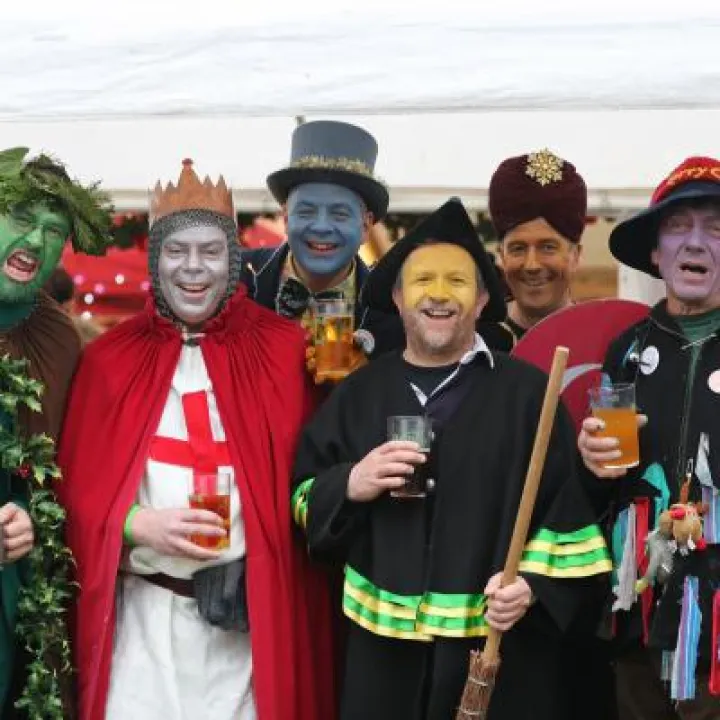Mature Motorcyclists at Risk
Motorcycle riders are growing older, and the impact of this trend is evident in hospital A&E departments. Doctors are finding that senior citizens who ride motorcycles are more likely to be injured or die as a result of a motorcycle mishaps compared to their younger counterparts. This appears to be due to factors associated with ageing, including impaired vision, delayed reaction time, altered balance, decreases in bone strength, and brain size.
Older bikers are up to three times as likely to be seriously injured in a crash as younger motor bike enthusiasts, indicates US research published online in Injury Prevention.
The findings are a cause for concern, because of the increasing popularity of motor bike ownership among older adults, and their increasing tendency to be involved in a crash, warn the authors.
In the US, the percentage of bikers over the age of 50 has more than doubled from just over 1 in 10 in 1990 to 1 in 4 in 2003, while the average age of those involved in a motorbike crash has been steadily creeping up, with rates of injury among the over 65s soaring 145% between 2000 and 2006.
The authors therefore looked at reports of serious motor cycle collisions requiring a visit to emergency care, entered into the US National Electronic Injury Surveillance System-All Injury Program (NEISS-AIP) between 2001 and 2008.
During this period around 1.5 million motor bike crashes involving adults aged 20 and above required treatment in US emergency care departments. Men made up the majority (85%) of these incidents.
Trends in injury type and frequency were analysed by age band: 20 to 39 (921,229 incidents); 40 to 59 (466, 125); 60+ (65,660), to see if there were any discernible differences.
Injury rates for all three age groups increased between 2001 and 2008, but the greatest rate of increase was among those aged 60+, among whom biking injuries rose 247%.
Bikers in this age band were also three times as likely to be admitted to hospital after a crash as were those in their 20s and 30s.
Middle aged bikers didn't fare too well either. They were almost twice as likely to require admission to hospital.
Both older and middle aged bikers were also significantly more likely to be seriously injured than young bikers, with older bikers 2.5 times as likely to sustain serious injuries and middle aged bikers 66% more likely to do so.
Injury severity was associated with greater rates of hospitalisation, with older adults the most likely to be admitted for both serious and less severe injuries.
Fractures and dislocations were the most common type of injury across all age groups. But older and middle aged bikers were significantly more likely to have sustained this type of injury than younger bikers, particularly around the chest and rib cage.
They were also significantly more likely to have sustained internal organ damage, with the brain the most common site. This is worrying, given that head and chest injuries are associated with the lowest rate of survival among bikers, say the authors.
"The greater severity of injuries among older adults may be due to the physiological changes that occur as the body ages," write the authors, pointing to dwindling bone strength, changes in body fat distribution, and decreasing elasticity in the chest wall. Underlying illnesses may also increase the risk of complications, they suggest.
The authors point out that while their data did not indicate the type of bike involved in a crash, other research indicates that older adults are more likely to buy bikes with big engines than younger adults, and the evidence suggests that these engines are linked to crash severity.







